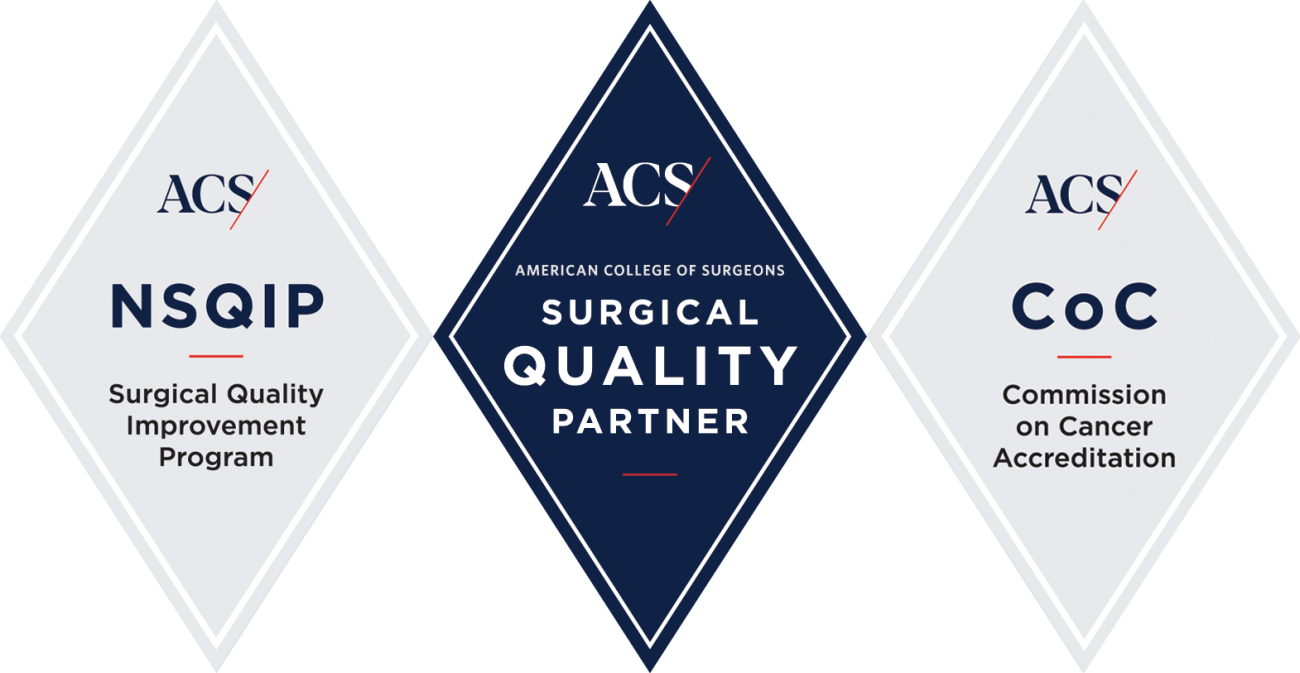One of the most common treatments for prostate cancer is removal of the prostate gland. This is called radical prostatectomy.
Roswell Park performs almost all radical prostatectomies with robot-assisted surgery (RAS). This procedure involves a state-of-the-art surgical robot, which is controlled by the surgeon. Miniature instruments are inserted through six “keyhole” incisions, all less than a half-inch long, and the prostate and surrounding tissues are removed.
What is robot-assisted radical prostatectomy?
Robot-assisted radical prostatectomy (RARP) is performed using the da Vinci® Surgical System. Instead of standing over you, the patient, the surgeon sits at a special station and sees a 3-dimensional (3-D) view of whatever the lens on the camera arm is pointed at. The lens magnifies the image to be 10 times larger than it normally looks. Using hand and foot controls, the surgeon expertly manipulates the arms of the machine from the console to perform this intricate surgery. One arm has a high-definition camera. The other arms hold the special tools that are needed for the procedure. The tools on the robotic arms are thinner, more flexible, and more precise than the surgeon’s fingers — and they never get tired!
Roswell Park was the first facility in the Buffalo-Niagara region to offer this advanced surgical procedure for patients with prostate cancer. Since 2004 we have performed more than 3,500 robot-assisted radical prostatectomies, making our surgeons some of the most experienced in the nation.
Although common side effects of radical prostatectomy include erectile dysfunction (inability to get or maintain an erection) and incontinence (inability to hold urine), we consistently perform above the national average in preventing those side effects, to give our patients better quality of life.
During the robot-assisted radical prostatectomy, your doctor may remove the lymph nodes in the region of the prostate and may have a pathologist examine them under a microscope to see if they have any cancer cells in them. If the lymph nodes are free of cancer, your doctor then removes the prostate gland, the part of the urethra that passes through it, and both seminal vesicles. Once all of the tissue is removed, the urologist will stitch the urethra to the opening of the bladder. A Foley catheter will be inserted to drain urine after surgery and allow the area to heal. Then the incisions (port sites range from 5 – 12 mm; the largest is about ½ inch) are closed. The skin incisions are closed with sutures that dissolve on their own.
Advantages of robot-assisted radical prostatectomy
- Smaller incisions heal faster and with less pain, reducing the length of hospital stay and amount of narcotic pain medication used during recovery.
- Faster recovery of urinary control.
- Less bleeding during surgery, which decreases the risk of needing a blood transfusion.
- Three-dimensional viewing and 10x magnification can make surgical technique more precise compared to standard laparoscopy.
- Robotic surgery offers all of these benefits and yet cancer control – including margin status – appears similar to an operation that uses a six-inch incision.
Who can have robot-assisted radical prostatectomy?
There are many ways to treat prostate cancer that is localized (only in the prostate) including radiation, surgery and observation. All patients with prostate cancer who come to Roswell Park for the first time are discussed at a conference every other week that includes multiple specialists including radiation oncologists and urologists.
Certain characteristics of patients are looked at to determine if they are eligible for robot-assisted surgery.
Medical history is important when considering surgery. Anesthesiologists use the “ASA” score to classify patients prior to surgery based on medical history. This is an overall estimation of your physical health, based in part on whether or not there is systemic disease (problems with one of the body’s main systems). ASA scores are given in Roman numerals:
- ASA I: a normal, healthy patient
- ASA II: a patient with mild systemic disease, such as someone with well-controlled high blood pressure
- ASA III: someone with severe systemic disease that interferes with their normal functioning
- ASA IV: someone whose disease puts them at constant risk: for example, a person with a combination of serious illnesses
Among the patients from Roswell Park who have had robot-assisted radical prostatectomy, most were ASA II (86%).
